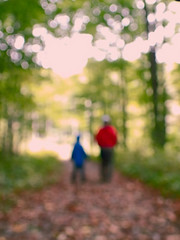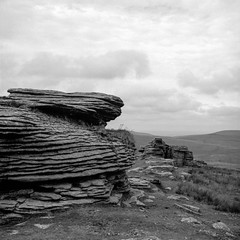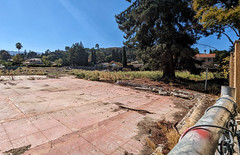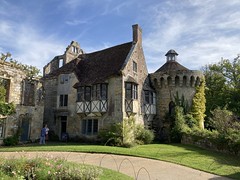i really have no idea what this is all about
jamelah
The townsman who knows the shepherd’s dog only as he is to be seen, out of his true element, threading his confined way through crowded streets where sheep are not, can have small appreciation of his wisdom and his sterling worth. To know him properly, one needs to see him at work in a country where sheep abound, to watch him adroitly rounding up his scattered charges on a wide-stretching moorland, gathering the wandering wethers into close order and driving them before him in unbroken company to the fold.
Dogs and All About Them, Robert Leighton, 1910
Leighton, it seems, never considered art as part of the shepherd’s dog true element. Of course, he was writing a century ago when relatively few dogs had ready access to digital imagery. Today’s more sophisticated collie dogs are less willing to devote a significant part of their working lives to “gathering the wandering wethers.” In ever greater numbers, they are seeking out more challenging and exciting careers.
And they haven’t confined themselves to the arts. They can be found designing bridges in underdeveloped nations, operating sophisticated medical technology in major hospitals, running their own small businesses. They are equally at home at the controls of an unmanned submersible, in the cockpit of a 747, or behind the wheel at Le Mans.
A hundred years ago Leighton described the shepherd’s dog a “the most useful member of all the tribe of dogs.” As we see them take their rightful place in the worlds of art and technology, we can appreciate that Leighton’s comment was more prescient than he could have imagined.
Blog photograph copyrighted to the photographer and used with permission by utata.org. All photographs used on utata.org are stored on flickr.com and are obtained via the flickr API. Text is copyrighted to the author, greg fallis and is used with permission by utata.org. Please see Show and Share Your Work








